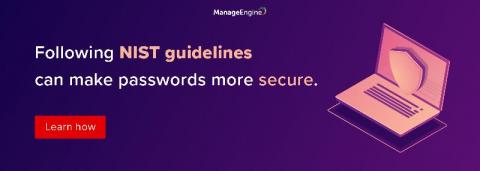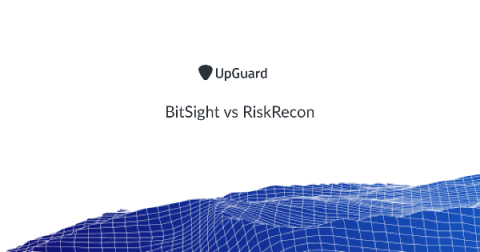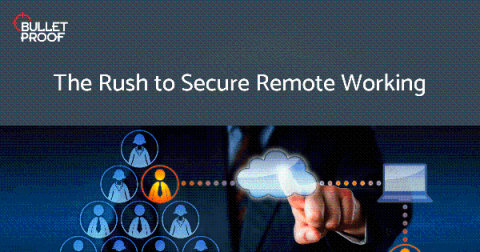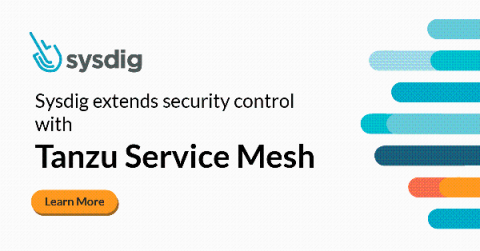All you need to know about NIST password guidelines
The National Institute of Standards and Technology (NIST), a physical sciences laboratory and a non-regulatory agency of the United States Department of Commerce, recently released their guidelines for password security. Some of them are contrary to what we’ve come to believe are good password policies. Our IT security expert will talk more about these guidelines in our upcoming webinar. Let’s take a look at what some of them are.










